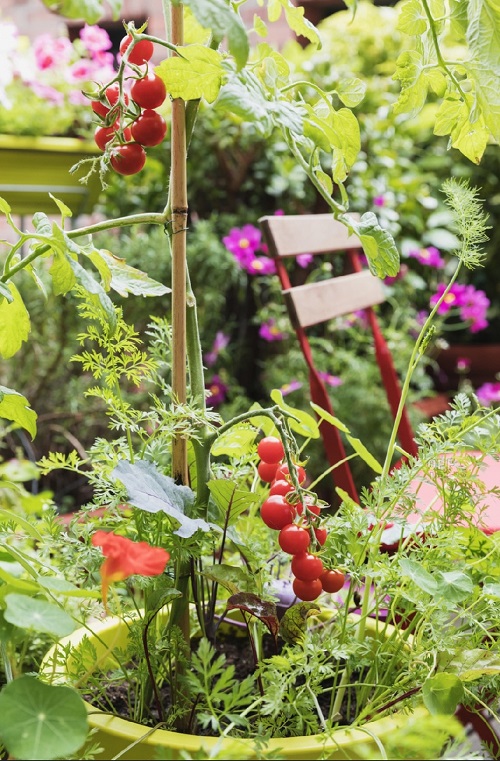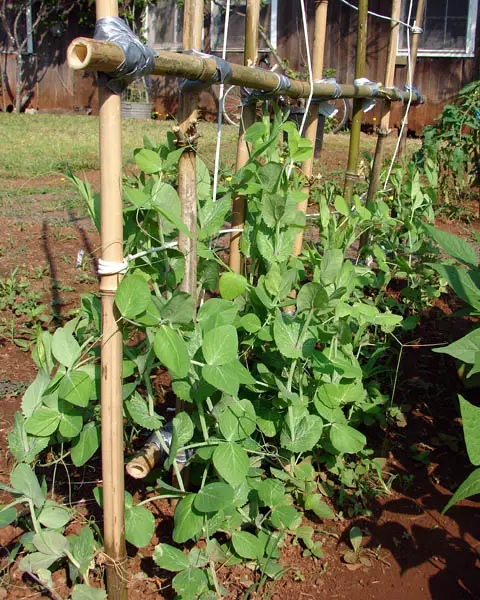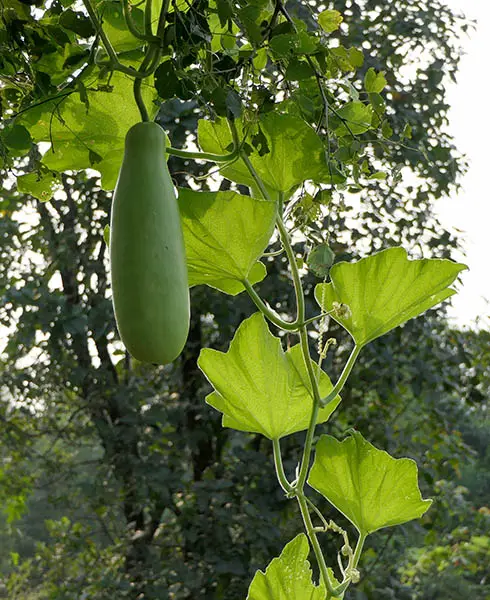All you need is one of these vegetables to grow many for ample harvest! We are not kidding!
There are some veggies out there that you can use to grow many plants from! This means, more specimens, more harvest!
You Just Need One Vegetable To Have Many
1. Tomatoes
Botanical Name: Solanum lycopersicum
USDA Zones: 10-11
You can grow new tomato plants from your store-bought tomato! Just cut a ripe, heirloom (not hybrid) tomato in half and scoop out the seeds. Plant them about a quarter inch deep in a pot with well-draining soil, place them in a sunny spot, and keep the soil moist.
In a few weeks, you’ll see sprouts! Once they have a few leaves, you can transplant them into a larger pot or your garden. You can also grow an entire plant from a tomato slice!
2. Cucumbers
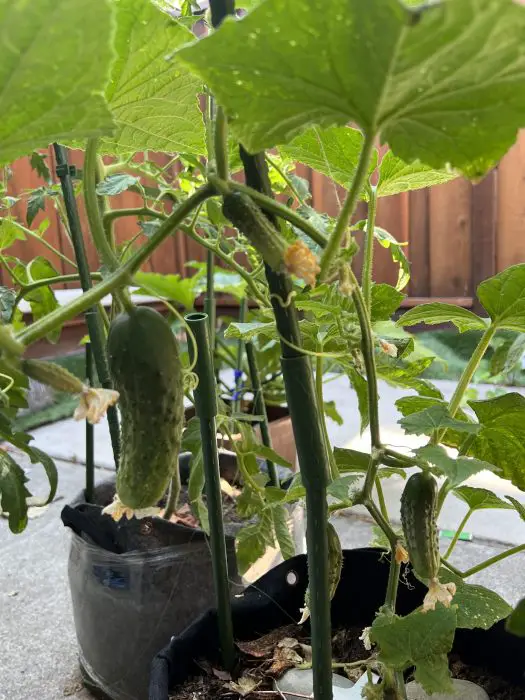
Botanical Name: Cucumis sativus
USDA Zones: 3-8
Growing cucumbers from store-bought ones is a fun experiment, but there’s a catch. Most supermarket cucumbers are hybrids, meaning their seeds might not produce the same type of cucumber. However, it’s worth a try.
Extract seeds from a ripe cucumber and soak them in water for a day or two. Then, plant them in a pot and keep it in a sunny spot. With luck, you’ll see sprouts in a couple of weeks.
3. Beans
Botanical Name: Phaseolus vulgaris L.
USDA Zones: 3-11
Beans are easy to regrow from what you have in your pantry! Soak a bean overnight, then dampen a paper towel and place the bean inside. Keep it warm and sunny. Once a sprout appears with a root and shoot, transplant it to a pot with well-draining soil.
For some bean varieties, especially bush beans, you can skip the paper towel step and plant the soaked bean directly in the soil from the beginning.
4. Drumstick
Botanical Name: Moringa oleifera
USDA Zones: 4-8
Drumsticks, also known as Moringa, can be grown from seeds! Just look for mature, dry drumstick seeds and soak them overnight for better germination.
Plant them about half an inch deep into a small pot or tray filled with soil and keep them on a sunny windowsill. Mist it every now and then, and you’ll see sprouts in a couple of weeks.
5. Ash Gourd
Botanical Name: Benincasa hispida
USDA Zones: 2-11
Ash Gourds are easy to grow from seeds! Sow seeds directly in a sunny spot with well-draining soil, around 1/2 inch deep. Keep the soil moist and watch for sprouts in about a week.
Once seedlings are established, consider thinning them to allow space for the vine to sprawl.
6. Bitter Gourd
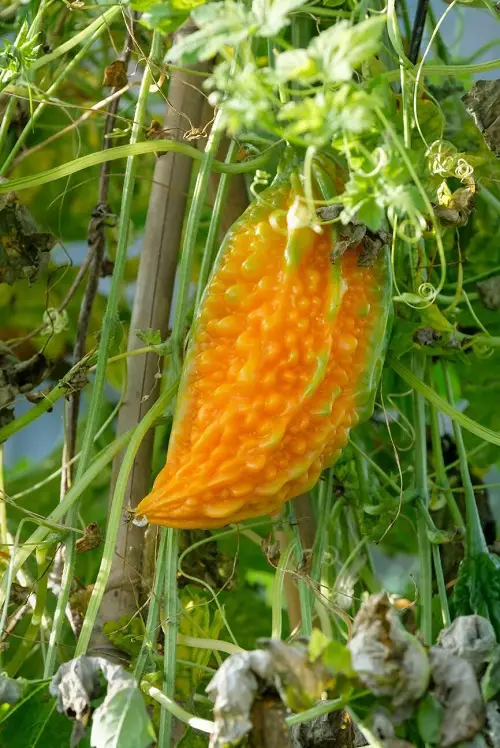 Botanical Name: Momordica charantia
Botanical Name: Momordica charantia
USDA Zones: 3-10b
Bitter gourd is a breeze to grow from seeds! Collect the seeds and soak them overnight. Plant them in a tray like you do with the others. Watering is key–keep the soil moist but not flooded.
These guys love the heat, so full sun exposure is great! In a couple of weeks, you should see sprouts popping up.
7. Chili
Botanical Name: Capsicum frutescens
USDA Zones: 9-11
Extract those white seeds from chillies and grow them in a pot filled with well draining potting mix. Keep the soil moist but not soggy, using a spray bottle if needed.
Once seedlings have a few sets of leaves, transplant them into bigger pots and enjoy watching them grow into fiery little plants!
8. Peas
Botanical Name: Pisum sativum
USDA Zones: 3-11
Peas are one of the easiest vegetables to grow from pea pods at home! When the weather warms up, and the risk of frost has passed, sow peas directly in your garden soil. Make a shallow trench about an inch deep, pop peas in a couple of inches apart, and cover them back up.
Peas are cool-season veggies, so they’ll appreciate a nice sunny spot in the early spring or a shady area later in the summer. With a little love, you’ll be shelling out fresh peas in no time!
9. Bottle Gourd
Botanical Name: Lagenaria siceraria
USDA Zones: 2-11
Scoop out the seeds from the gourd and keep them overnight in warm water for a better start. Plant them shallowly, about half inch deep, in a well draining soil.
Keep the growing medium moist and keep the container where it gets plenty of sunlight. In a week or so, you should see sprouts appear. Bottle gourds are climbers, so be prepared to provide a trellis or some support.
10. Onions
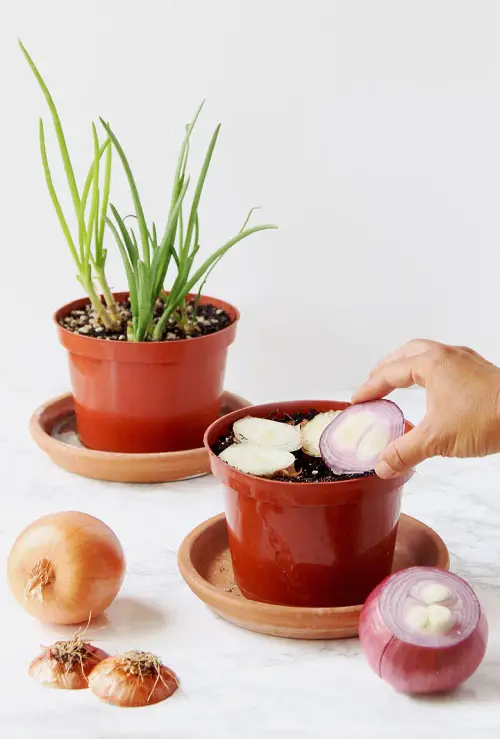
Botanical Name: Allium cepa
USDA Zones: 5-6
For this, you need to get onions from the store with some roots attached. Then, just cut off the bottom part, about half an inch above the roots, and let the section dry for a few hours.
Once done, plant it in a well draining potting mix with roots side down, and the cut side up. Water well, and make sure it gets plenty of bright and indirect light. It will sprout within a few weeks.
11. Potatoes

Botanical Name: Solanum tuberosum
USDA Zones: 3-10
While you can’t regrow potatoes from the grocery store (they’re often treated to prevent sprouting), you can try using a potato with visible sprouts called “eyes.” Cut the potato into pieces with at least one eye each, and plant them cut-side down in well-drained soil.
With a little bit of luck and care, you’ll see new potato plants sprout in a few weeks!
12. Garlic Greens
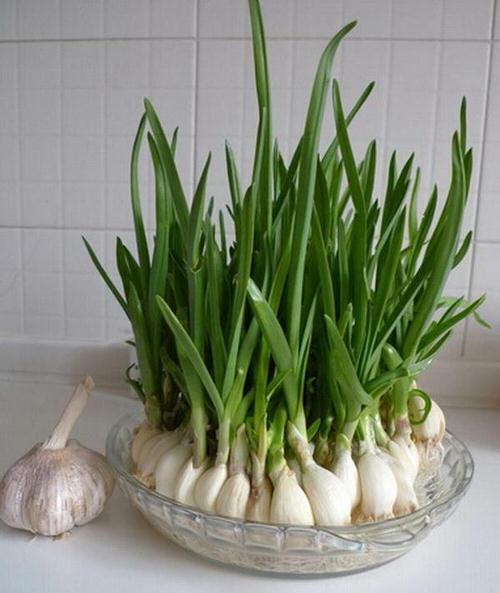
Botanical Name: Allium sativum
USDA Zones: 4-9
Garlic cloves can be used to grow garlic greens easily in a pot. All you have to do, is to pick out large and plum cloves. Now, plant them in a well draining soil, about 1 inch deep, along with their paper like covering, making sure the pointy side is facing up.
Make sure they get plenty of bright and indirect light all day long. Also, water only when the topsoil goes a little dry. The cloves will sprout within a week or two, and you will have fresh greens for the salads in no time!


